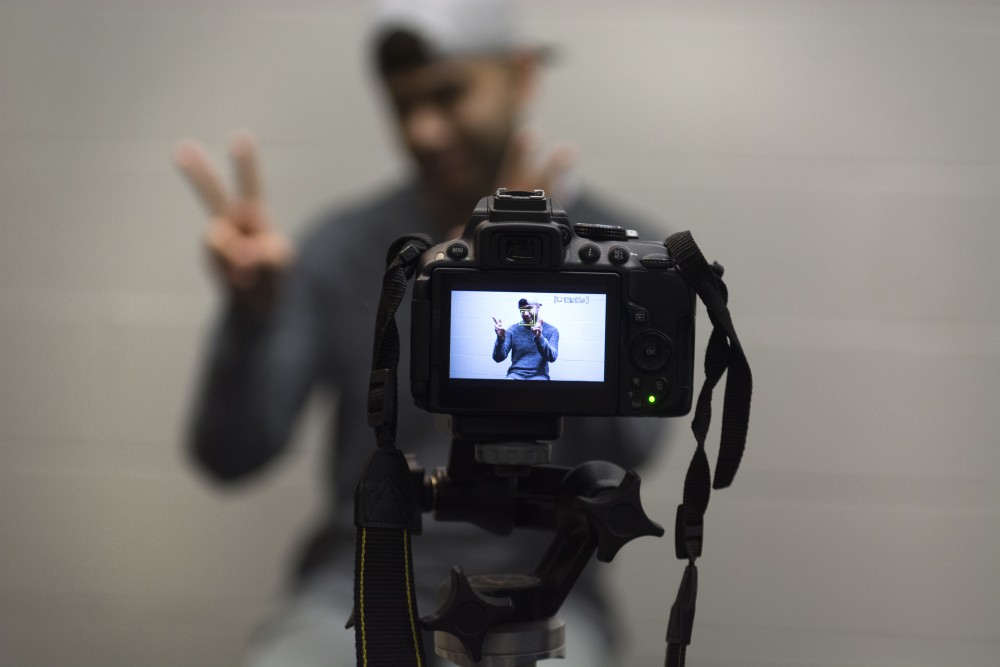Through a video series featuring Indian students and their stories, the Indian Student Association at the University of Minnesota launched a project last week to highlight lesser-known issues and to inform fellow students of their culture.
The project, called The Indian Perspective, is a series of videos allowing Indian students on campus to talk openly about issues they face and their cultural identities, as well as how certain topics are handled differently in the U.S. and India.
Senior Soniya Somani, ISA vice president, said the project was inspired by Humans of New York, a popular online photo and video series featuring passers-by and their backgrounds.
ISA had the first volunteer meeting for the project on Friday night and conducted several interviews over the weekend, which they plan to post on their Facebook page in March.
“It’s a way for us to put out people’s voices,” said Pallavi Janiani, who will help edit the videos. “We don’t necessarily hear a lot from the Indian community about these topics.”

One of the main goals of The Indian Perspective is to inform the University community about the day-to-day lives of Indian students on campus.
“We’re all different, like no two states in the United States are exactly the same,” said Sourojit Ghosh, one of the students interviewed for the project. “I think that hearing voices of several different Indian students can paint a … more collective picture of what different sides or different states or different parts of the culture look like.”
In their video interviews, some students discussed how mental health is treated differently in the U.S. and India.
“There’s increased awareness happening in the recent years of mental health within Indian communities, but it’s something that was traditionally, not necessarily, talked about … a few decades ago,” said Anisha Dharnipragada, president of ISA.
While Western culture encourages a more open discussion of mental health, it is discussed more hesitantly among South Asians, said Samad Qureshi, a participant in the project.
As a result, Qureshi said discussions on mental health “typically are centered around very strongly Caucasian-based groups.”
Some students believe Indians are less aware of mental health issues because they lack signs of physical injury.
“If you break your leg and there’s a plaster on it, that’s a physical manifestation,” Ghosh said. “But if somebody suffers from mental health, there is no physical manifestation of a wound or something of that sort, so people don’t recognize that as a problem in Indian society.”
Alongside mental health, questions about cultural identity and the significance of family names were featured in the interview process.
“I have a very long last name that’s really hard for people to say,” Dharnipragada said. “What does our name actually mean to us? What is the meaning behind it? Is it okay that people are mispronouncing our names, or is that something that we want to educate people on?”
In the end, Dharnipragada hopes the Indian Perspective will demonstrate that Indian culture is deeper than how others perceive it.
“We’re not just about Bollywood movies and dances,” she said. “That’s a big part of our culture, definitely, don’t get me wrong. But there’s things that we go through in day-to-day life as well that we want others to really hear about.”








